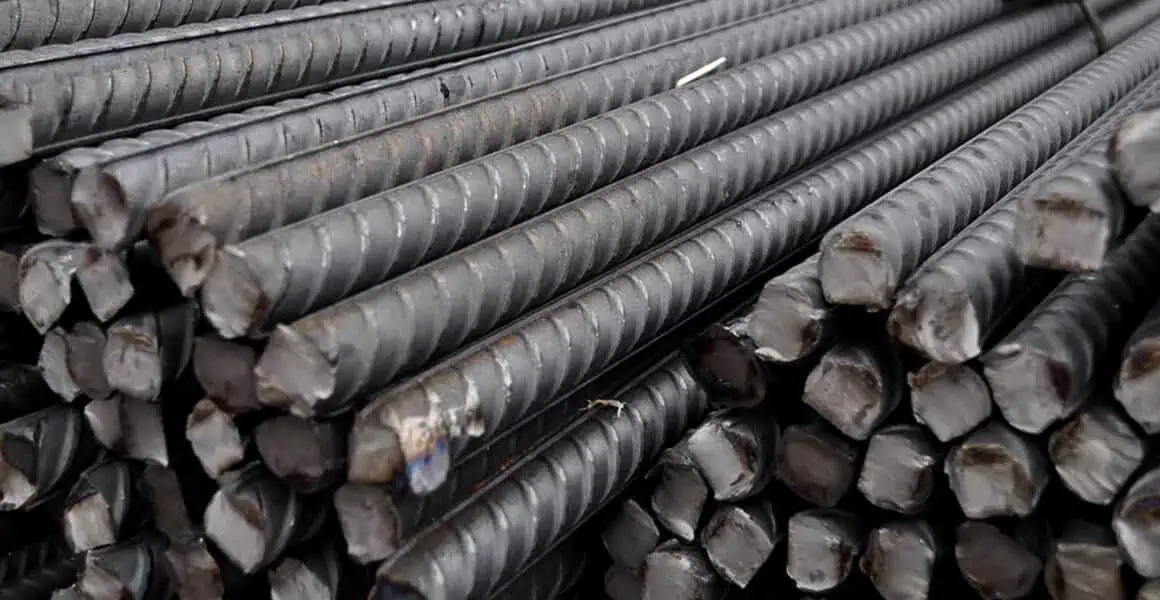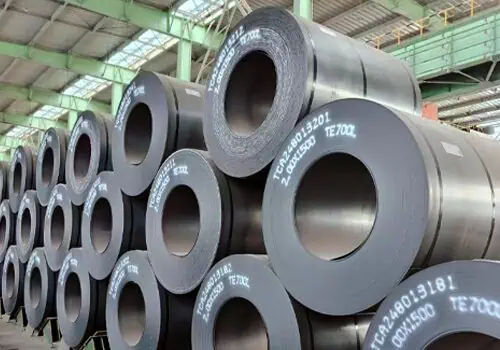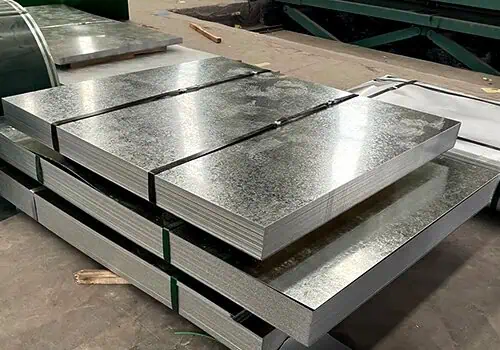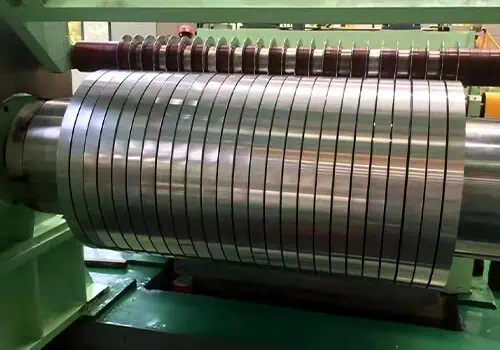Steel failure risks cost and safety. Many overlook the rebar process, leading to weak structures. Understanding it ensures stronger, safer, and more reliable buildings.
What is the rebar process and why is it important in construction? The rebar process refers to cutting, bending, welding, and placing steel reinforcement bars in concrete construction. It ensures structural strength, durability, and safety. Following standard codes, inspections, and using certified steel helps avoid failures and meet project requirements.
Let’s explore how the rebar process works and the key concerns buyers and engineers should consider.
What Is Rebar Production?
Rebar begins its life long before reaching a construction site. To truly understand the rebar manufacturing process, buyers and engineers must first ask: how is rebar made?
The rebar production process involves melting iron ore or scrap steel, casting billets, and rolling them into ribbed reinforcement bars. Strict quality checks at this stage determine strength, diameter, and surface ribs for bonding with concrete.
Today’s rebar milling process employs advanced furnaces, continuous casting systems, and rolling mills to ensure consistency. Many modern rebar processing plants recycle scrap metal, thereby reducing environmental impact. This is why international buyers place a higher value on environmental management certifications such as ISO 14001.
Buyers in China or other developing markets should always request documentation such as mill certificates, chemical analysis reports, and tensile test results. This ensures that the rebar processing factory meets local standards in countries like Brazil, Chile, and Saudi Arabia. Even the most advanced rebaring process cannot ensure long-term safety unless this first step is completed.
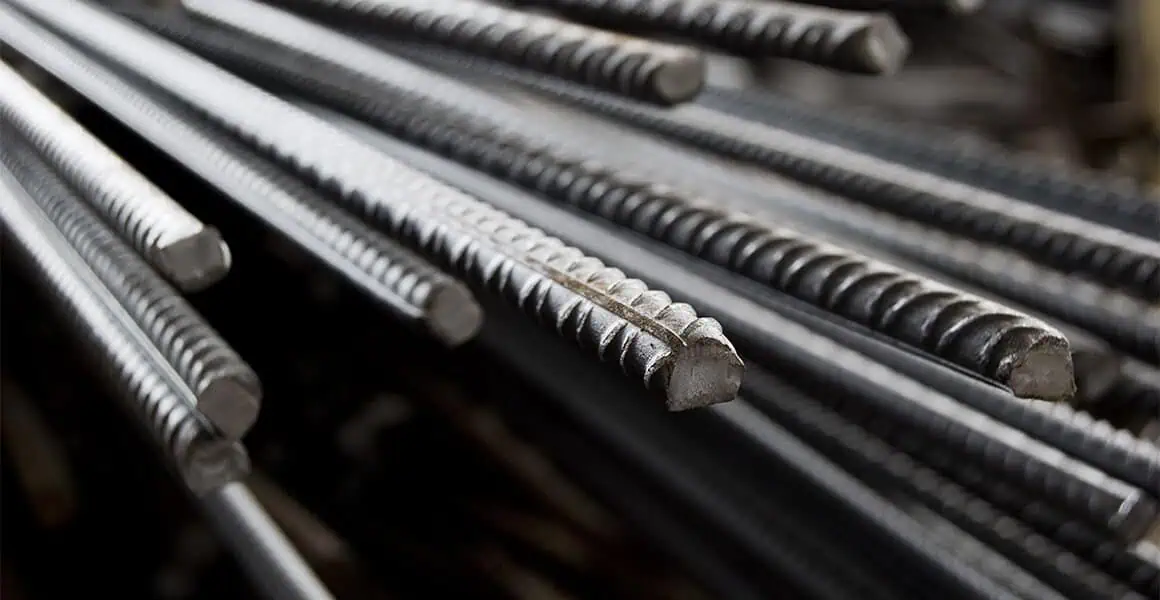
What Are the Main Steps in the Rebar Process?
Every construction project relies on a well-organized and dependable steel rebar process. Without a clear workflow, safety and timeliness are jeopardized.
The rebar process includes material selection, cutting, bending, welding, placement, and inspection. Each stage requires precise standards, skilled labor, and specialized rebar processing equipment.
The rebar bending process is especially important because incorrect angles can weaken the bar and jeopardize structural integrity. Automated benders in a rebar processing factory enable contractors to achieve consistent shapes while reducing human error.
The rebar coating process, which may include epoxy or galvanization, protects against corrosion, particularly in coastal or humid environments. This step is necessary for bridges, tunnels, and marine structures. When combined with proper concrete cover, it significantly increases the lifespan of reinforced structures.
Contractors who buy from exporters frequently benefit from pre-cut and pre-bent bars, which reduce onsite work. A reputable rebar processor can prepare bars to exact specifications and ship them directly, saving time and labor costs.
Why Is Quality Inspection Vital in the Rebar Process?
Ignoring inspection at any point in the rebaring process can lead to dangerous outcomes and costly failures.
Quality inspection ensures rebar meets strength, size, and coating requirements. Certified suppliers provide mill test certificates, while onsite checks confirm bending, spacing, and placement accuracy.
For example, ASTM A615 rebar may be required for a bridge project in South America. Without verifying standards, contractors risk using bars that cannot withstand load requirements. Many buyers request SGS or Bureau Veritas inspections prior to shipment.
Engineers inspect the construction site for spacing, alignment, and anchorage. Digital monitoring tools are gaining popularity, allowing for real-time verification of rebar processing equipment outputs. These tools help to reduce disputes between suppliers and contractors, especially when working across borders.
Inspection is also applicable to the rebar coating process. Even if the steel meets strength requirements, inconsistency in epoxy thickness or poor galvanization can lead to early corrosion. Comprehensive inspection ensures durability and compliance.
Why Is Rebar Allowed to Rust?
Many buyers are surprised to learn that industry standards allow for some rust on rebars. Rust may appear to be a sign of weakness, but context is important.
A thin, uniform rust layer often improves bonding with concrete, enhancing the rebar-concrete interface. However, deep pitting or scaling reduces cross-sectional area and compromises strength.
The distinction is between harmless surface oxidation and harmful corrosion. When stored in humid conditions, rebar frequently develops a light orange coating. Exporters protect their shipments by using dry warehouses or applying protective oils.
For projects with high corrosion risks, galvanized rebar, stainless steel rebar, or epoxy-coated bars are recommended. These alternatives are more expensive initially, but they save money over time. Buyers should always inspect storage practices at the rebar processing plant to avoid excessive deterioration prior to shipment.
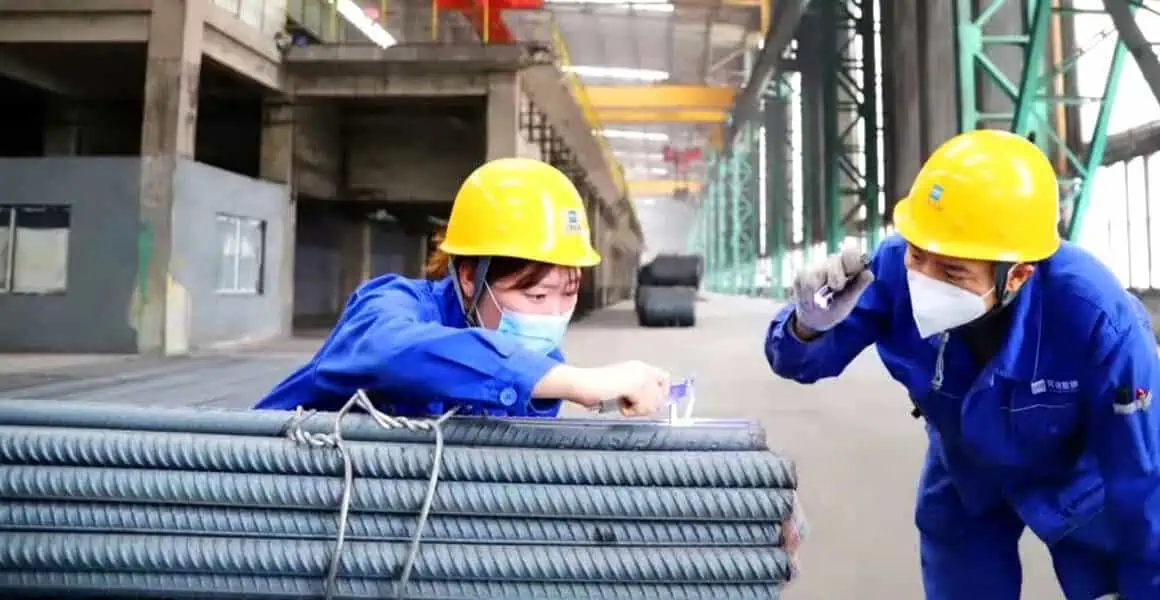
How Long Will Rebar Last?
The lifespan of rebar is an important consideration in infrastructure design, from skyscrapers to dams.
When properly designed and protected, rebar embedded in concrete can last 50–100 years. Stainless or epoxy-coated rebar extends lifespan further, sometimes up to 120 years.
The key factors influencing durability are cover thickness, environmental conditions, and rebar type. In coastal areas, chlorides in seawater penetrate concrete and attack unprotected steel. For these situations, using advanced coatings during the rebar coating process is critical.
Investing in higher-grade rebar may appear expensive to governments and contractors at first, but it leads to lower lifecycle costs. For example, epoxy-coated bars in highway projects reduce maintenance requirements and delays, resulting in long-term cost savings.
How Do You Cut Rebar?
The ability to accurately cut rebar is critical to the steel rebar process. Improper cutting wastes material, causes cracks, and makes structures unsafe.
Rebar is cut using hydraulic cutters, angle grinders, rebar shears, or CNC rebar cutting machines. Large projects depend on automated equipment for accuracy, while small-scale jobs may use manual tools.
Modern CNC rebar processing equipment enables contractors to cut directly from steel coils, lowering waste and labor costs. A rebar processor can also provide pre-cut sections based on project drawings, which saves time on the construction site.
Exporters frequently offer pre-cut services at the rebar processing factory, ensuring that products meet buyer specifications before shipment. This service is especially useful for international contractors, as it reduces on-site preparation.
Why Is Rebar Not Welded?
Many engineers wonder why steel rebar isn’t just welded like other steel products. The answer is in safety.
Welding rebar changes its metallurgical properties, leading to brittleness and cracks. Building codes generally prohibit welding unless special weldable rebar grades are used.
Instead of welding, contractors use lap splicing or mechanical couplers. These alternatives preserve bar strength while meeting international standards. Weldable rebar does exist, but it is much more expensive and less commonly used.
Buyers should confirm with their suppliers that the ordered bars can be welded. In most cases, exporters recommend mechanical connectors to ensure performance. Understanding this limitation allows buyers to plan safe and efficient designs without violating codes.
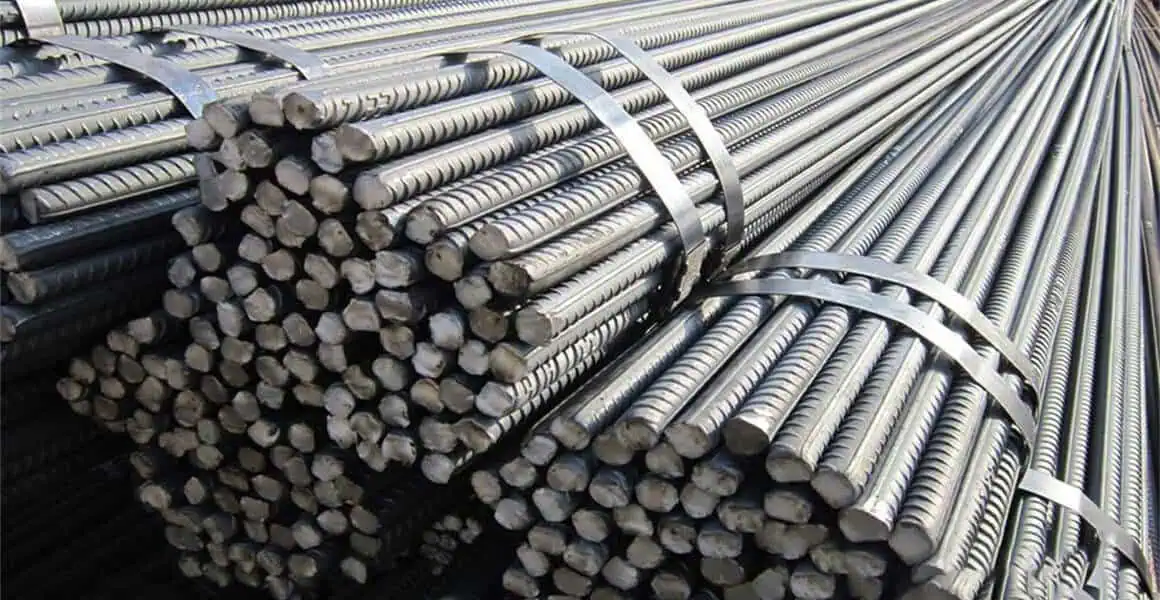
How Does Rebar Processing Affect Project Costs and Timelines?
The success of a project depends on efficient rebar processing. Delays or inefficiencies at this stage affect every downstream activity.
Efficient processing reduces waste, labor costs, and project delays. Advanced machinery enhances speed and precision, while reliable suppliers ensure timely deliveries.
For example, during the construction of stadiums in Brazil, contractors collaborated with suppliers who ran advanced rebar processing plants. This enabled them to receive pre-bent bars on time, preventing schedule delays before international events.
In export markets, suppliers with decades of experience in logistics and payment systems add value. Reliable exporters offer flexible credit terms, customs clearance support, and consistent product quality. These services are critical for buyers such as trading companies and government departments looking to source rebar internationally.
What Certifications Should Buyers Look For in Rebar Suppliers?
Certification is more than paperwork—it is proof of quality and reliability.
Important certifications include ISO 9001 for quality, CE marking for European standards, ASTM compliance for the U.S. market, and SGS inspection for independent verification.
In Saudi Arabia, SABER certification is required for entry. Buyers in Mexico and Colombia may also require regional compliance standards. Environmental certifications are increasingly becoming a competitive advantage, with buyers preferring suppliers who operate green rebar processing factories or use recycled materials.
Certification protects buyers from risks such as shipment rejection, project delays, and legal penalties. It also promotes trust among international partners, which is essential for long-term collaboration.
Summary
Understanding the rebar process ensures structural integrity, cost savings, and on-time delivery. Buyers can manage global construction projects with confidence and form long-term partnerships when they have reliable suppliers.

